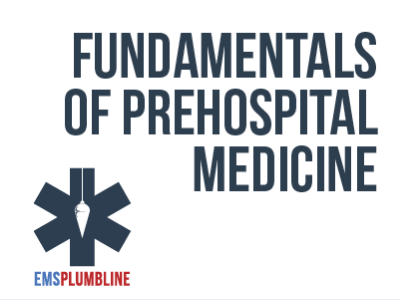 |
Brick by Brick: Assessing the Elderly—Female Cardiac Patient |
1.00 |
We know that there are unique challenges when assessing elderly patients. BLS providers also encounter unique challenges when assessing females for potential cardiac problems. This lesson briefly reviews the BLS assessment skills that are required for both populations. The introduction of 12-lead ECG acquisition gives the BLS provider a chance to orient themselves to the skills necessary when working in a system that requires recording and/or transmission of such tracings. The multiple choice exam is designed to test your knowledge of the material you just reviewed. You have two attempts to gain an 75% or higher on this exam. Please take your time and answer each question carefully. |
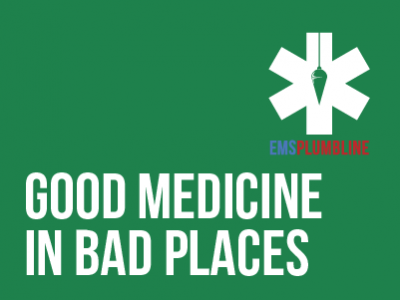 |
EMS Response to Reported Shootings |
1.00 |
We handpicked these two paramedics to speak about the challenges of caring for shooting victims. Eric Rathfelder has a rich educational background and works in an urban setting as a police sergeant. Sean Riemer is a well-respected trainer in a rural setting. The conversation that ensues will spark discussion in your agency whether you are in a rural, suburban, or urban environment.
Final Exam: This multiple-choice exam is designed to test your knowledge of the material you just reviewed. You have two attempts to gain an 80% or higher on this exam. Please take your time and answer each question carefully. |
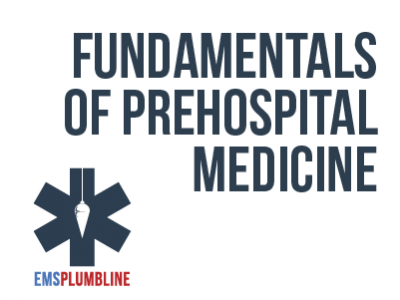 |
Building Upward: BLS Diabetes Discussions |
2.00 |
We captured an engaging discussion between a retired ALS provider and a system medical director. Michelle Cerone and Dr. Jeremy Cushman spoke about the topic of diabetes. Refreshing BLS providers can use the information from the discussion and the scenarios that were built following its conclusion to meet minimum competencies and more.
Final Exam: This multiple-choice exam is designed to test your knowledge of the material you just reviewed. You have two attempts to gain an 75% or higher on this exam. Please take your time and answer each question carefully. |
 |
Effective Communication with Children and Youth |
2.00 |
We are constantly communicating with the children and youth in our program through our words and actions. It's important for program staff to think critically about their communication skills and habits in order to communicate effectively. During this course, participants will learn about effective and dynamic communication tools, strategies to check for understanding, and activities that engage children and youth in communication. |
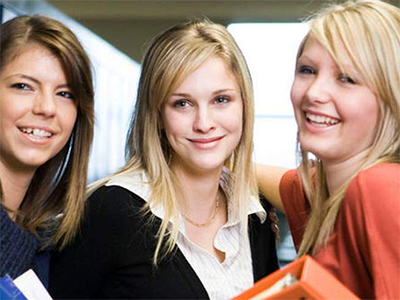 |
I Belong: Supporting Social Awareness and Interpersonal Skills |
2.00 |
We all have lived full lives with varied experiences, both positive and negative. Whether we are aware or not, our experiences, including our social, political and cultural beliefs and background, affect our practice with youth. During this course, participants will learn about how culturally grounded beliefs and background affect our practice with youth, how to help raise our awareness of those factors, and reflect on current and new strategies that support the development young people’s social-awareness and interpersonal skills. |
 |
I Can: Supporting Growth Mindset and Self-Efficacy |
2.00 |
We all have areas in our life that we approach with a growth mindset and others we approach with a fixed mindset. In order for us to be positive role models to youth, we as adults need to reflect on our own mindsets and how they may impact how we behave at work and with youth. During this course, participants will learn about what self-efficacy and growth mindset are, explore our own mindset and the potential impact it has on youth, and reflect on current and new strategies to support the development young people’s growth mindset and self-efficacy. |
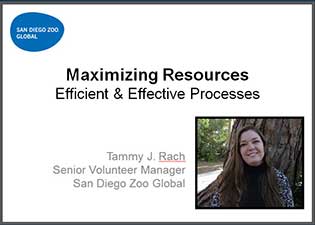 |
Maximizing Resources Efficient and Effective Practices (Webinar) |
1.50 |
Volunteers are not free, and it takes a great deal of skill to manage their engagement appropriately while still accomplishing the goals of your organization. When resources are tight, how frequently do you hear, “just have the volunteers do it”? It’s easy to get overwhelmed with all there is to accomplish while swimming in a sea of volunteer requests. Learn skills and strategies for identifying the time and energy vampires you are dealing with, and how to flip them into efficient and effective practices that both save your sanity and accomplish your organizations goals. |
 |
Más allá del Correo Electrónico (Spanish) Beyond Email |
1.00 |
Veremos algunos métodos diferentes de comunicación en línea, incluidos el chat, las videollamadas, los mensajes de texto y las actualizaciones de estado.
We'll take a look at some different methods of online communication, including chat, video calling, text messages, and status updates.
|
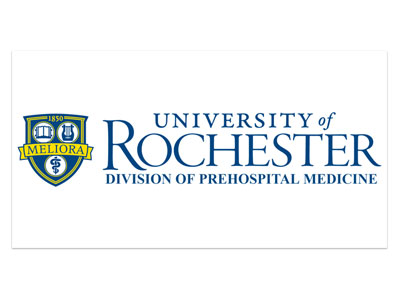 |
VAD Educational Updates for the Prehospital Care Provider |
1.00 |
Ventricular Assist Devices (VADs) are not new devices. In fact, the first successful use of such a device was described in 1966. Since then, and particularly in the past few years, VAD design and safety has improved significantly and are now commonly implanted devices.
This course strives to bring prehospital providers current with the most commonly implanted devices at the time - this course will not cover every device that a prehospital provider may encounter.
Following successful completion of the material, the provider should feel comfortable recognizing the VAD patient when encountered in the community, have an understanding of the basic VAD components, be able to assess the VAD patient's hemodynamic status, and be able to deliver care in the prehospital setting. |
 |
Basic Tech Tools for Paraprofessionals |
1.75 |
uThis course covers basic technology tools for paraprofessionals. It is just one out of many paraprofessional courses we offer. This course is designed to empower paraprofessionals and educators with essential technological skills and tools that can enhance teaching and learning in K-12 classrooms. Participants will learn how to effectively integrate various digital tools, platforms, and applications to improve instruction, communication, and organization. This course will help you develop new knowledge about students and will help you understand what your role as a paraprofessional is. |











